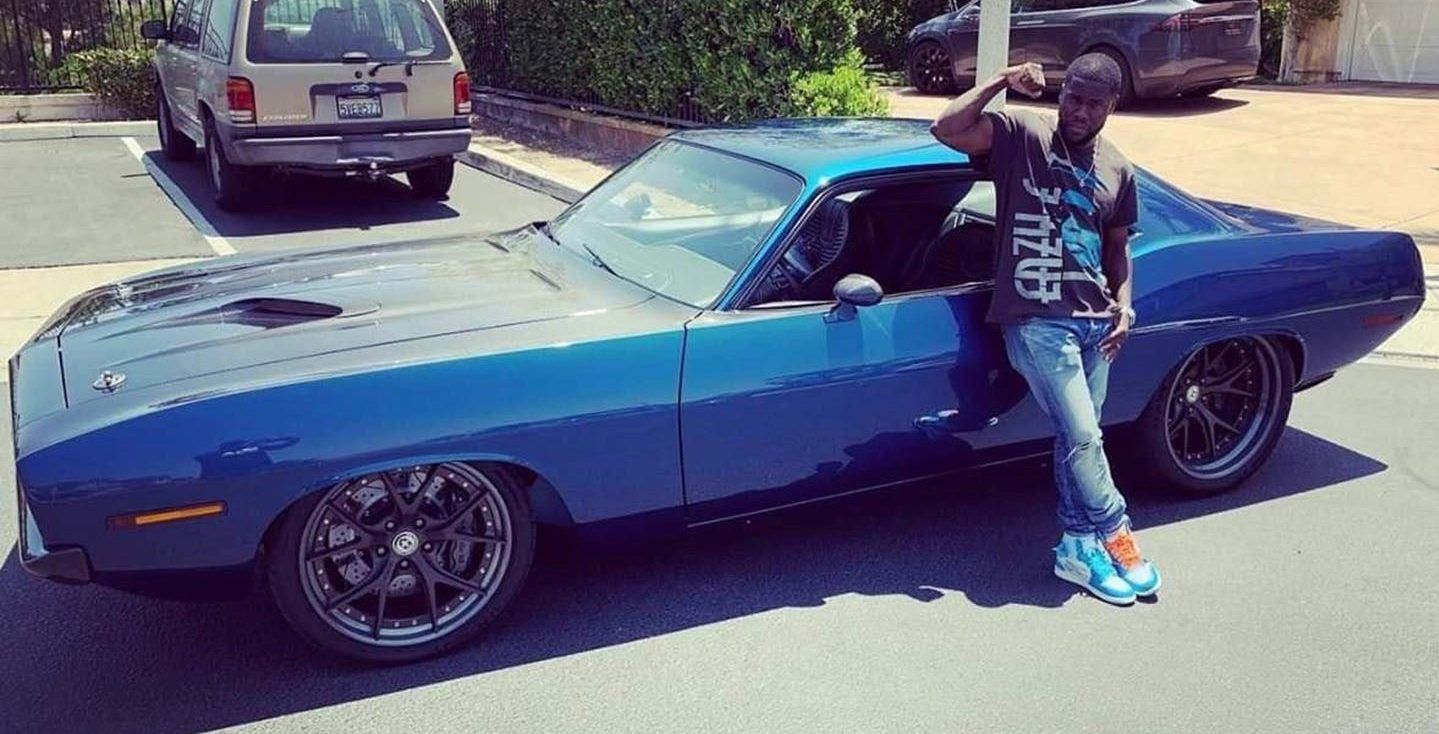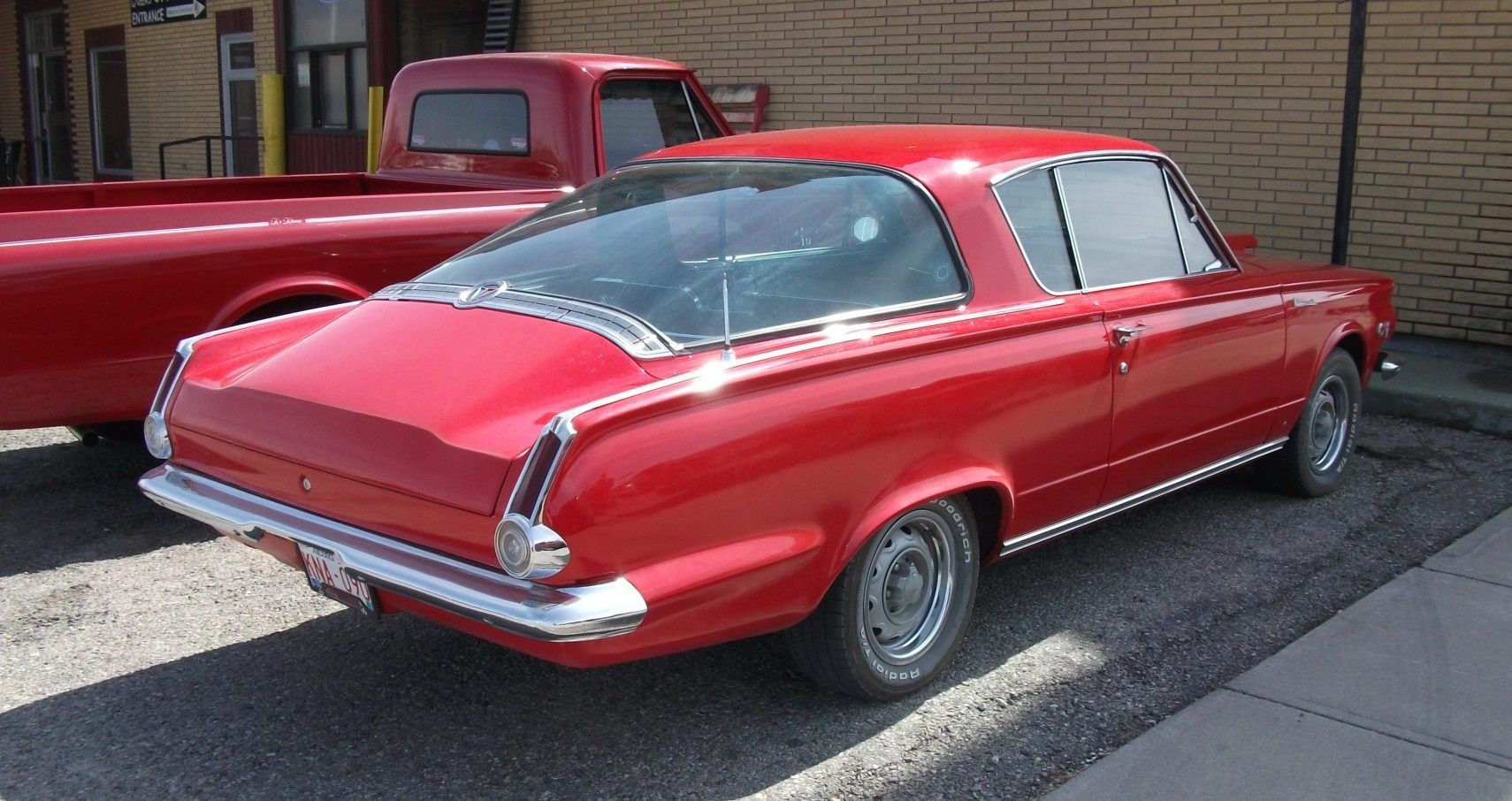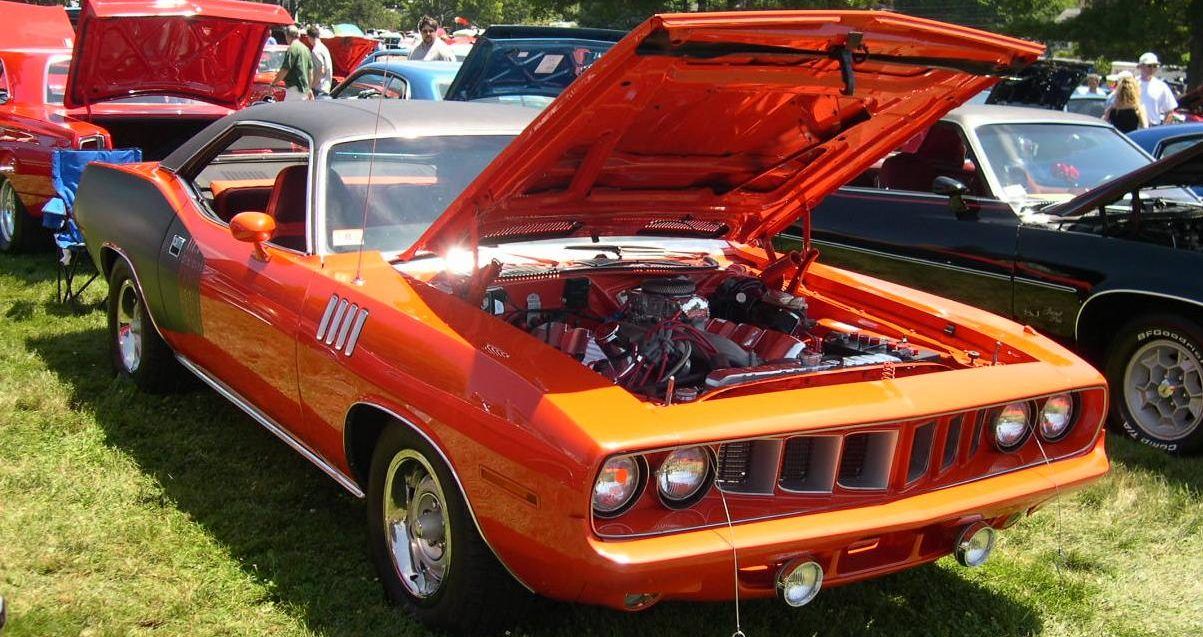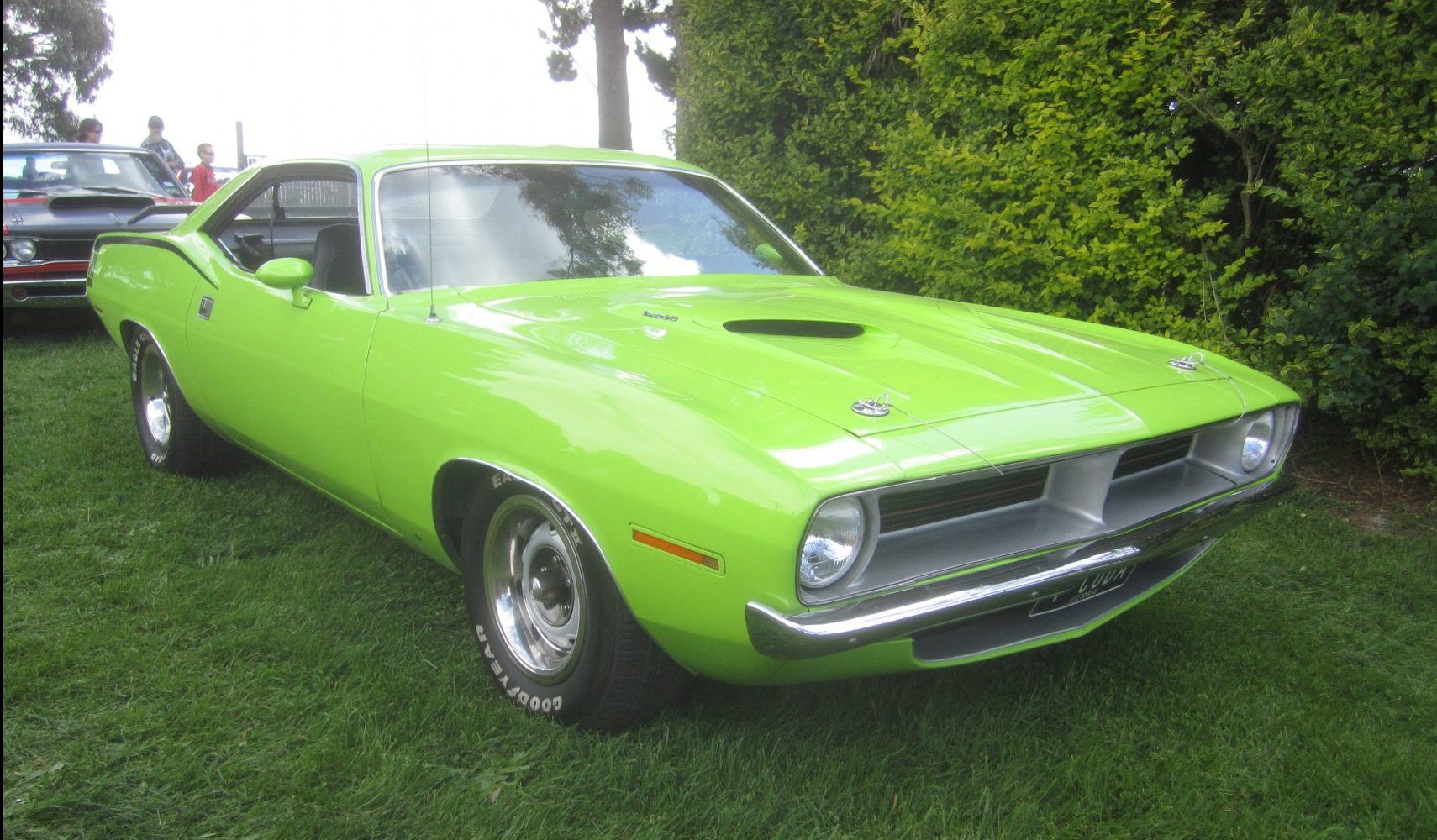The Plymouth Barracuda holds a special place in the history of American automobiles.
When introduced on the 1st of April, 1964 it was the first-ever pony car to hit the market, beating the Ford Mustang by 16 days. This single distinction is enough to secure the Barracuda a place in history all on its own, but the best was yet to come for this legendary automobile.
Beating The Mustang To Market
In the early, to mid-‘60s the automotive industry was rapidly changing, and one of the biggest changes was a rising desire for an affordable, performance-based vehicle. Ford was in the midst of developing the Mustang. So, to get out ahead of the Mustang and stay competitive in the market, Plymouth took the A-body frame from the popular Plymouth Valiant model (a family car) and switched the roofline into a sleek fastback with a massive rear window.
Aside from a few style changes though, the original Barracuda was no different under the hood than any other Valiant model. It even kept the Valiant nameplate. So, despite being the first to hit showroom floors, the Valiant Barracuda sales didn’t stack up against those of the Mustang, which had a lot more going on under the hood and appealed far more to those looking for a real performance-based vehicle.
Barracuda To ‘Cuda
Chrysler knew they had to increase the performance capabilities of the Barracuda in order to keep it competitive against the Mustang and made several upgrades over the next few years. The original Valiant Barracuda options maxed out with the 273 cubic inch LA V8 engine, which gave the car an output of 180 horsepower. In 1965 the Barracuda became much more powerful with the option of a Commando V8 engine, giving the Barracuda a 235 horsepower capacity.
The second generation of Barracuda rolled out in 1967. The new generation dropped the Valiant from the nameplate and despite still sharing several of the same characteristics, truly became a model of its own. It also received another big power upgrade with the available 383 cubic inch b-wedge V8 engine, which brought this pony car’s production up to 280 horsepower.
In 1969 the ‘Cuda was born. Named for the commonly used nickname of the Barracuda, the 1969 ‘Cuda was massively powerful with a 440 cubic inch 4-barrel Super Commando V8 engine, at the time it was the largest displacement engine that had ever been put into a pony car. The Super Commando bumped up the power level of the ‘Cuda significantly to 375 horsepower. Over double the horsepower of the top option engine for the original Valiant Barracuda.
1970 was the year that the ‘Cuda truly became a legendary muscle car in its own right. Even if you remove the distinction of being the original pony car from the Barracuda’s history, this model would be enough to cement the Barracuda name in the muscle car annals. All vestiges of the original Valiant were stripped away as the 3rd generation Barracuda was no longer built upon the A-body frame of the Valiant, but upon the E-body frame, which it shared with the Dodge Challenger. The new model was lower and wider… and more powerful. The 1970 ‘Cuda came with an optional 426 Hemi, capable of producing an intense 425 horsepower.
The Barracuda became renowned in racing circles over the years, starting with a couple of specially modified ‘Cudas being raced in the 1970 Trans-Am series and gaining further acclaim when Chrysler’s French racing division won four championships with this glorious automobile, three of which were on the track while one was in a hill-climbing competition.
The Death And (Possible) Revival Of The Barracuda
The Barracuda came a long way in a short time, from a stylized Valiant into a beast of a machine. Unfortunately, the 1973 gas crisis along with changes in regulations for the automotive industry, led to the death of the Barracuda which was discontinued in 1974 due to the changing market. The era of U.S. muscle cars was over and the models that did keep going (like Mustang) were forced to adapt in order to survive.
After nearly 50 years and nearly as many rumors of a revival the Barracuda is set to finally (hopefully) be put back into production. With Plymouth long gone, it is Dodge that is at the helm of this resurrection. Whether the rumors are true or not remains to be seen. Only time will tell.
Whatever the future may hold for the Barracuda, whether it be bright - with a long run of highly praised new generations - or whether it be dark - with production never getting off the ground and only poking its’ head out to tease us every few years with more rumors of a revival - time has already told the tale of the original run of the Plymouth Barracuda. The tale of a pony car that started a revolution, before developing into one of the all-time greatest muscle cars the world has ever known.




